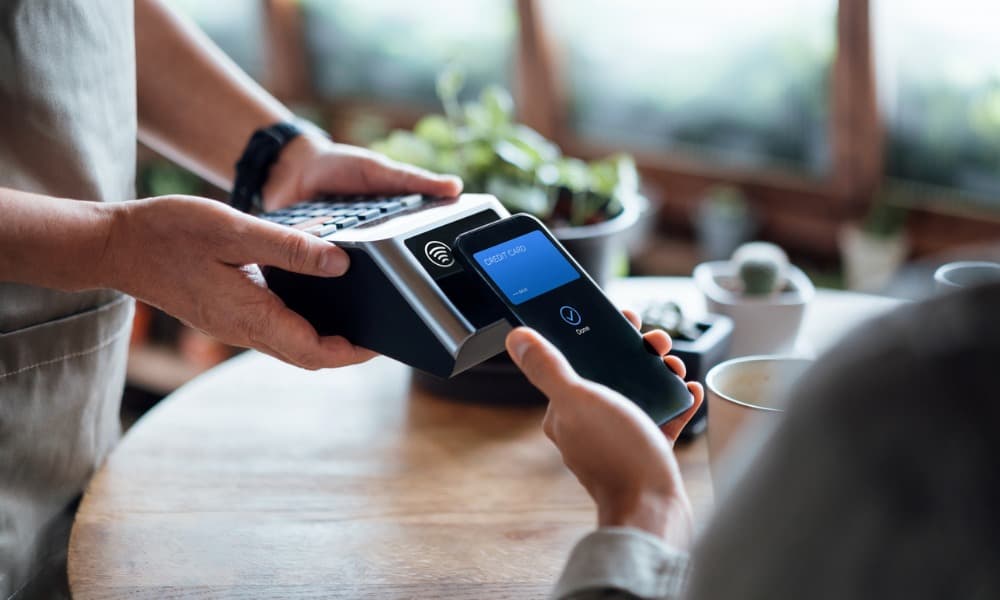Today, customers expect a quick, seamless, efficient service experience. Learn how you can exceed these expectations by integrating POS systems with e-commerce platforms to create a cohesive and efficient omnichannel retail strategy.
Key takeaways:- Optimizing omnichannel retailing requires integrating physical POS systems with your e-commerce store.
- By integrating POS with e-commerce, you can collect data from online and offline shoppers and use it to grow your business.
- Successful POS integration requires following specific steps and leveraging technology gurus.
- Your business must also overcome challenges and keep up with relevant trends and tech advancements in POS and e-commerce.
Understanding POS and e-commerce integration
Integrating POS systems with your e-commerce platform connects and synchronizes operations and data between your physical POS system and e-commerce site. If done correctly, POS integration enables you to centralize valuable customer data in a single place. It also enables you to link numerous vital components and functionalities, such as customer profiles, sales data, product information, and returns/exchanges. The integration will also help capture online and offline sales data and optimize operations.Benefits of integrating POS with e-commerce
Adopting POS is the key to revolutionizing your retail operations, no doubt. But you can upgrade your business by integrating your POS system with an e-commerce platform and reap endless benefits. This will streamline operations through unified inventory management, making order processing more efficient and facilitating faster payment processing. These steps make operations smoother and reduce hurdles like inventory discrepancies. Additionally, integration means synchronizing all pertinent data in real time, enabling all the involved offline and online channels to access up-to-date information. It also provides comprehensive real-time reports and analytics that can improve operations. By integrating POS with e-commerce, you facilitate consistent customer experiences. Your customers will access unified product information, consistent pricing, and reinforced brand identity. These aspects optimize the experience and foster long-term loyalty.Steps for successful integration
Here are the steps to follow for seamless POS/ e-commerce integration with:- Step 1: Evaluate your existing POS system and verify it can integrate with your e-commerce store. If not, upgrade to a better solution.
- Step 2: Confirm your e-commerce platform supports POS integration. Companies like BigCommerce and Shopify have this capability. If your system doesn’t support POS integration, switch to another provider.
- Step 3: Start the integration process by following the instructions outlined by your POS and e-commerce service providers.
- Step 4: Tweak all relevant product information, descriptions, and images. Ensure everything in the system is easily understood.
- Step 5: Evaluate your new system and make all required adjustments.
Overcoming common challenges
Consider these hurdles you might encounter during and after the integration process:- Data security concerns: Cybercriminals might try to inject malicious code into your POS system or e-commerce store to steal sensitive customer data. They might also try to intercept and steal data in transit. Take caution and optimize your POS security using encrypted connections with protocols like SFTP, and prioritize ongoing system maintenance.
- System compatibility issues: POS and e-commerce platforms may be incompatible and fail to integrate. Always verify systems are compatible before starting. If you have complications, switch to systems that partner well.
- Staff training complications: After integration, train your staff to use the new system effectively. You will likely encounter numerous challenges after the integration, including workflow changes and fear of new technology. You can prevent such complications by seeking professional assistance and offering ongoing support.
